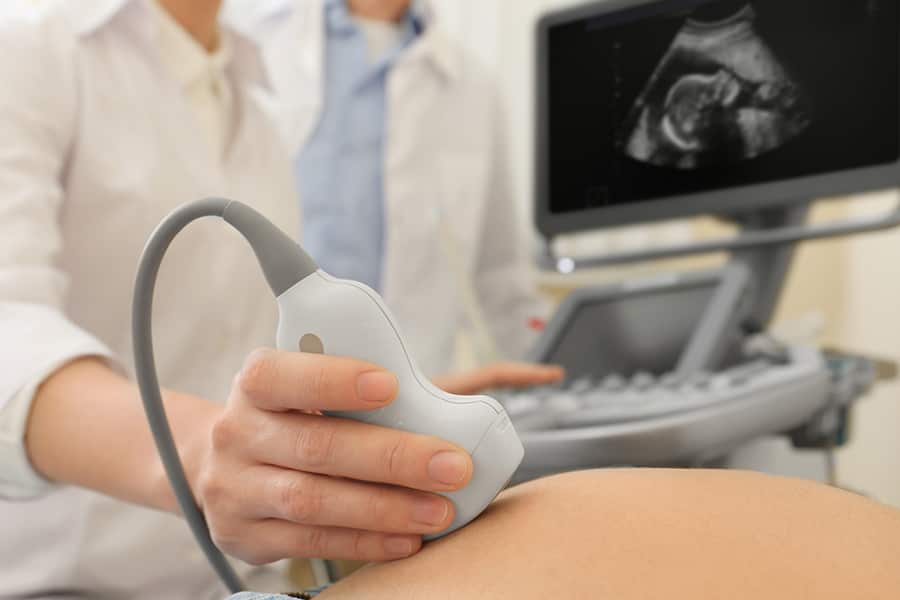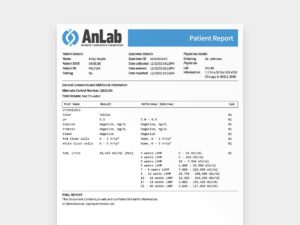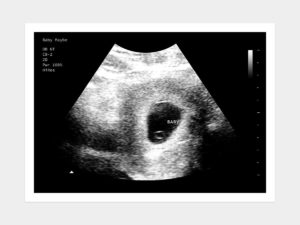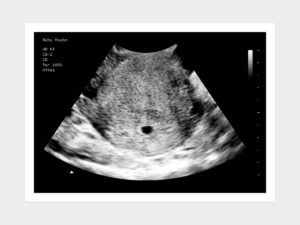
Ultrasound is a widely recognized and utilized diagnostic tool in modern healthcare. Its ability to provide live images of our internal organs, tissues, and other structures makes it invaluable across multiple medical disciplines. This blog aims to demystify what an ultrasound is, explain how it works, and discuss its numerous applications in healthcare.
Basics of Ultrasound
An ultrasound, often referred to as a sonogram, involves the use of high-frequency sound waves to create images of the inside of the body. Unlike X-rays, which use radiation, ultrasound technology uses sound waves that are above the range of human hearing, known as ultrasound waves. These waves are emitted from a device called a transducer, which also records the echoes of these waves as they bounce off different tissues within the body.
How Does Ultrasound Work?

Medical Diagnostics
Therapeutic Applications
Emergency Medicine

Safety and Non-invasiveness
One of the significant advantages of ultrasound is its safety. It does not use ionizing radiation, unlike X-rays and CT scans, making it safer for pregnant women and repeated examinations.
Cost-Effectiveness and Accessibility
Ultrasound machines are generally less expensive compared to other imaging devices such as MRIs and CT scanners. They are also portable, which allows for use in various settings, including clinics, hospitals, and fieldwork in remote areas.
Real-Time Imaging
Ultrasound provides real-time imaging, which is essential for diagnosing dynamic or moving structures within the body, such as the heart and blood flow. It also allows for immediate results, which is critical in urgent care situations.
Challenges and Limitations
While ultrasound offers numerous benefits, it also has limitations:
Ultrasound is a versatile and dynamic imaging tool crucial in modern medicine. Its applications span from prenatal diagnostics to emergency medicine, offering a non-invasive, safe, and effective method for diagnosing and treating patients. Despite its limitations, the benefits of ultrasound make it indispensable in many areas of healthcare, helping to save lives and improve the quality of medical care. Understanding how ultrasound works and its applications allows patients and healthcare providers to harness its full potential effectively.
This information is presented as a general guide to what is an ultrasound. It is for informational purposes only. The information provided is not intended to be the only information available about what is an ultrasound. The material provided is not expected to be a substitute for advice or information from your physician or health care provider.
If you have any questions, concerns, fears, apprehensions, unease, or worry about what is an ultrasound contact your health care provider immediately.








ALL WARRANTIES OF ANY KIND WHATSOEVER EXPRESS, IMPLIED, AND STATUTORY, ARE HEREBY DISCLAIMED. ALL IMPLIED WARRANTIES OF MERCHANTABILITY AND FITNESS FOR A PARTICULAR PURPOSE ARE HEREBY DISCLAIMED. THE PRODUCTS SOLD, INCLUDING SONOGRAMS, ULTRASOUNDS, FAKE PREGNANCY DOCUMENTS, AND FAKE PREGNANCY TESTS ARE SOLD ‘AS IS’ BASIS.
THE SITE CANNOT AND DOES NOT CONTAIN [MEDICAL/ LEGAL/ FITNESS/ HEALTH/ OTHER] ADVICE. THE INFORMATION IS PROVIDED FOR PRANKS PURPOSES ONLY AND IS NOT A SUBSTITUTE FOR PROFESSIONAL ADVICE.
ACCORDINGLY, BEFORE TAKING ANY ACTIONS BASED UPON SUCH INFORMATION, WE ENCOURAGE YOU TO CONSULT WITH THE APPROPRIATE PROFESSIONALS. WE DO NOT PROVIDE ANY KIND OF MEDICAL/ LEGAL/ FITNESS/ HEALTH ADVICE. THE USE OR RELIANCE OF ANY INFORMATION CONTAINED ON THIS SITE, OR OUR MOBILE APPLICATION, IS SOLELY AT YOUR OWN RISK.
THIS WEBSITE DOES NOT PROVIDE MEDICAL ADVICE. THE INFORMATION, INCLUDING BUT NOT LIMITED TO, TEXT, GRAPHICS, IMAGES AND OTHER MATERIAL CONTAINED ON THIS WEBSITE ARE FOR PRANK PURPOSES ONLY. NO MATERIAL ON THIS SITE IS INTENDED TO BE A SUBSTITUTE FOR PROFESSIONAL MEDICAL ADVICE, DIAGNOSIS OR TREATMENT. ALWAYS SEEK THE ADVICE OF YOUR PHYSICIAN OR OTHER QUALIFIED HEALTH CARE PROVIDER WITH ANY QUESTIONS YOU MAY HAVE REGARDING A MEDICAL CONDITION OR TREATMENT AND BEFORE UNDERTAKING NEW HEALTH CARE REGIMEN, AND NEVER DISREGARD PROFESSIONAL MEDICAL ADVICE OR DELAY IN SEEKING IT BECAUSE OF SOMETHING YOU HAVE READ ON THIS WEBSITE.
THE PARTIES AGREE THAT ANY PRODUCT PURCHASED ON THE BABY MAYBE WEBSITE SHALL NOT BE USED FOR ANY PROPOSE OTHER THAN AS A PRANK. WITHOUT EXCEPTION NO BABY MAYBE PRODUCT SHALL BE PROVIDED/SUBMITTED TO ANY GOVERNMENTAL OR OTHER AGENCY, MEDICAL DOCTOR, ARBITER OF A DISPUTE, AS PROOF OF PREGNANCY, PAST OR CURRENT, OR TO CLAIM ANY BENEFIT FOR WHICH A PREGNANT WOMAN MAY BE ELIGIBLE, OR ENTITLED TO RECEIVE, BASED ON HER BEING PREGNANT. NO HIPAA PROTECTED PATIENT HEALTH INFORMATION CONNECTED TO ANY BABY MAYBE PRODUCT, IS INTENDED, OR CONVEYED, WITH RESPECT TO THIS SALE.
THE PARTIES AGREE THAT BABYMAYBE IS NOT RESPONSIBLE FOR ANY LIABILITY WHATSOEVER FOR DELAYS IN SHIPPING THE PRODUCT. THE PARTIES FURTHER AGREE THAT THE SOLE REMEDY FOR ANY SHIPPING DELAYS IS THE REFUND OF THE PURCHASER’S PAYMENT FOR THE PRODUCT.
THE PARTIES AGREE THAT THE FORUM FOR ANY LEGAL ACTION ASSOCIATED WITH THE SALE AND PURCHASE OF THE PRODUCT IS THE STATE OF ILLINOIS.